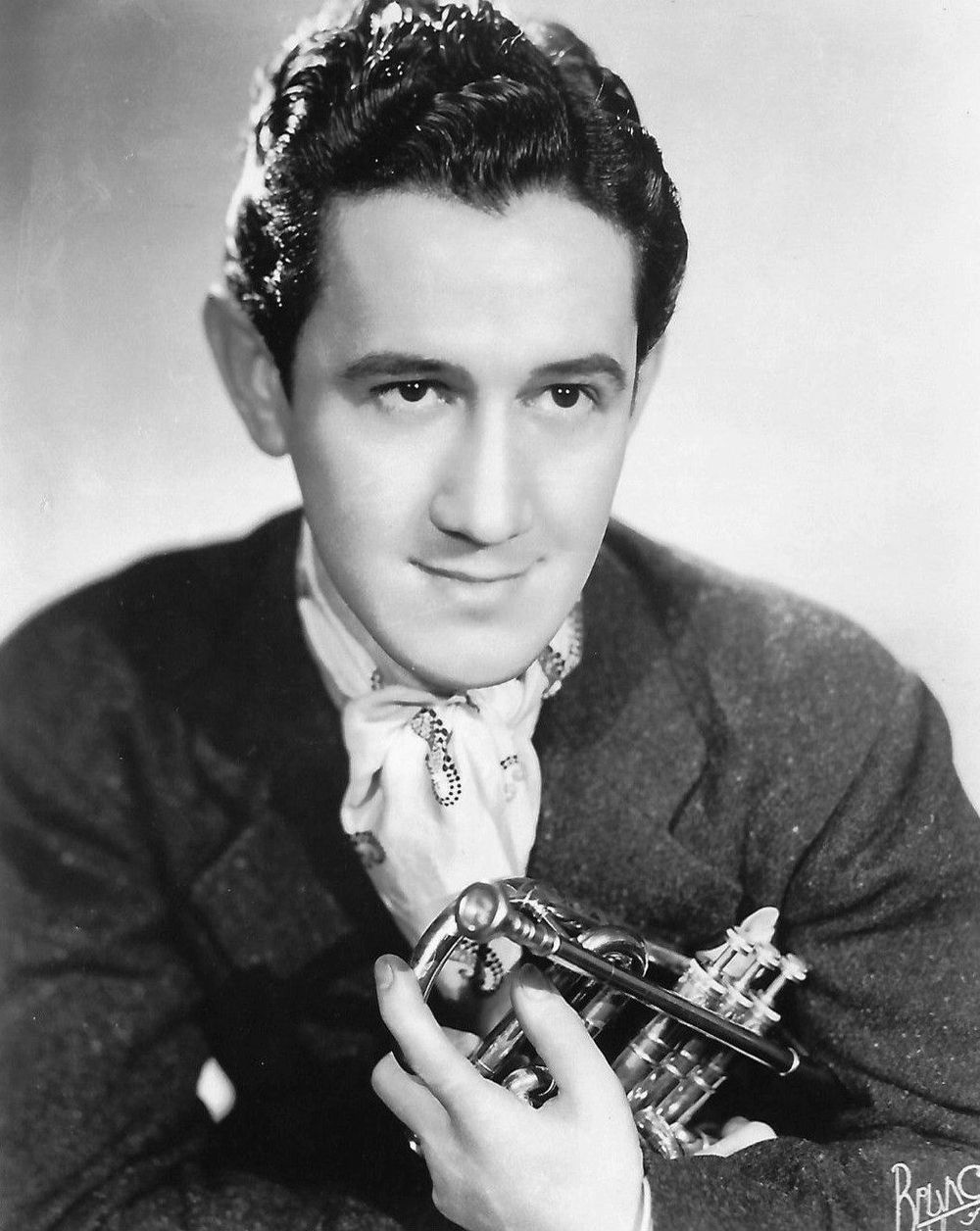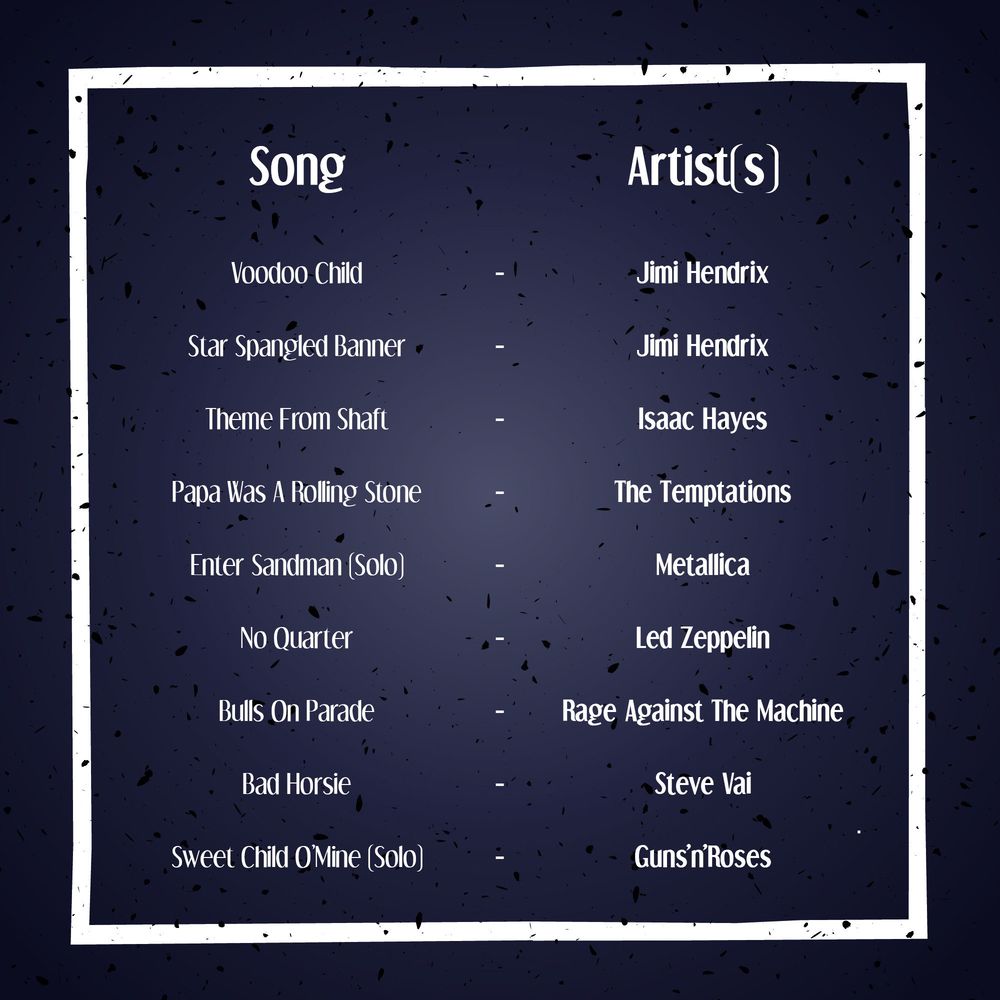2. History
Originally, the wah-wah pedal was not conceived for guitar players: the idea came from a trumpet player called Clyde McCoy, who would often play his trumpet with a mute.

Clyde McCoy
He instructed technician Brad Plunkett to build a device for him that would allow him to control this filtered sound electronically using a pedal. Thus, the first so-called wah pedal was launched by Thomas Organ/Vox in 1966, featuring the trumpet player's image on the bottom. Contrary to expectations, however, the pedal found few takers among the targeted trumpeters - but it was all the more popular with guitar players.
Since we want to give a full account, we should mention the fact that country guitar player Chet Atkins experimented with a pedal that enabled frequency shifts as early as the late 50s, and that he made recordings with a wah-like effect some years earlier.
It was Jimi Hendrix who started a veritable hype by creating legendary riffs using the wah-wah pedal: the intro to Voodoo Child, the solo in All Along The Watchtower, or the live performance of the Star-Spangled Banner at Woodstock are some of the most famous examples.
For some time now, the wah-wah pedal has been a standard feature on most pedal boards. One reason is that it is so easy to control - the traditional version, at least, is operated only by the rocker without any additional controls. The rocker controls the effect in real time, and provided you have acquired some skill, you can create really interesting sounds, from percussive effects with ghost notes to piercing yells with distorted sound. This explains the moniker "Cry Baby". The wah-wah pedal expands a player's expressive possibilities and allows them to imbue a performance with personal character.
Here's a list of some songs with prominent and virtuoso use of the wah-wah pedal:




